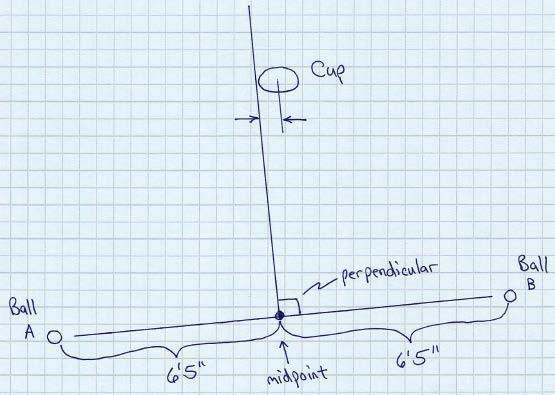Golf Swing Dynamics: The Perfect Blend of Geometry and Kinematics
The game of golf is a beautiful fusion of technique, skill, and precision. A successful golf swing requires a delicate harmony between the golfer’s physical movements and the underlying principles of geometry and kinematics. Let’s delve into the intricacies of golf swing dynamics to understand how these elements interact to produce the perfect shot.
At the heart of every golf swing lies the concept of geometry. The golfer must visualize and execute the ideal path for the club to follow in order to strike the ball accurately. This path is governed by the geometric principles of angles, trajectories, and distances. By understanding and applying geometric concepts, such as the optimal angle of approach or the correct swing plane, the golfer can enhance their accuracy and consistency.
Kinematics, on the other hand, deals with the motion of objects without considering the forces that cause the motion. In the context of golf, kinematics plays a crucial role in analyzing the movement of the golfer’s body and the club throughout the swing. By studying the velocity, acceleration, and timing of key body segments and the clubhead, golfers can refine their technique to achieve maximum power and control.
The coordination between geometry and kinematics is evident in every phase of the golf swing. As the golfer addresses the ball and prepares to swing, they must align their body and the club in such a way that optimizes the geometric parameters of the shot. The backswing involves a series of coordinated movements that generate potential energy, setting the stage for the downswing where kinetic energy is transferred to the clubhead. The follow-through completes the motion, ensuring that the club follows the desired geometric path to make solid contact with the ball.
Understanding the relationship between geometry and kinematics can help golfers diagnose and correct flaws in their swing mechanics. For example, a slice or hook may be the result of an improper club path caused by a faulty understanding of geometry. By analyzing the kinematic data of their swing, golfers can pinpoint inconsistencies in their movement patterns and make the necessary adjustments to achieve a more efficient and effective swing.
Technology has played a significant role in advancing our understanding of golf swing dynamics. Tools such as launch monitors, 3D motion capture systems, and swing analysis software provide golfers with valuable data on their swing mechanics, allowing them to fine-tune their technique with precision. By integrating geometric principles and kinematic insights into their training regimen, golfers can unlock their full potential and elevate their performance on the course.
In conclusion, the art of golf swing dynamics is a fascinating blend of geometry and kinematics. By mastering the geometry of the swing path and harnessing the power of kinematic principles, golfers can achieve greater accuracy, distance, and consistency in their shots. Through continuous practice, self-analysis, and the guidance of technology, golfers can refine their technique and elevate their game to new heights.




























